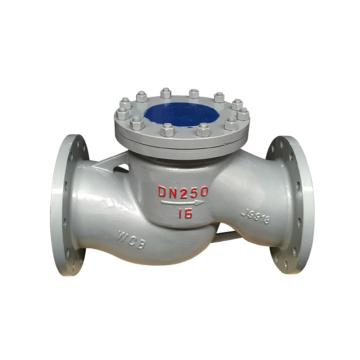Understanding Flat Face Flanges and Their Applications in Various Industries
Understanding Flat Face Flanges A Comprehensive Guide
When it comes to piping and industrial applications, flanges play a critical role in the assembly and functionality of various systems. Among the different types of flanges available, flat face flanges stand out due to their unique design and specific applications. This article explores the characteristics, advantages, and uses of flat face flanges, highlighting their importance in modern engineering.
What are Flat Face Flanges?
Flat face flanges are a type of flange that features a flat sealing surface. Unlike raised face flanges, which have a raised area around the bore, flat face flanges have an even surface that makes direct contact with the mating surface of the counterpart flange. This design is particularly beneficial in certain applications where sealing is crucial, especially in systems that handle sensitive materials.
Characteristics of Flat Face Flanges
1. Material Compatibility Flat face flanges are often made from materials like steel, stainless steel, or plastic, making them versatile for various industries, including oil and gas, chemical processing, and water treatment.
2. Size and Standards These flanges come in various sizes and comply with several industry standards, such as ASTM, ASME, and ANSI. This standardization ensures compatibility and ease of integration into existing systems.
3. Sealing Surface The flat sealing surface of flat face flanges minimizes the risk of scratches and damage during installation and helps to create a reliable seal when paired with corresponding flange gaskets.
Advantages of Flat Face Flanges
1. Ease of Installation The flat surface allows for simpler alignment during installation. There is no need to worry about the height of the flange, making it easier to set up in tight spaces.
2. Reduced Risk of Leakage When properly assembled, flat face flanges create a strong seal that helps prevent leaks, which is essential in handling hazardous materials or high-pressure systems.
flat face flange

3. Cost-Effectiveness Flat face flanges can be more economical than their raised face counterparts due to reduced material requirements and manufacturing costs. This makes them an attractive option for budget-conscious projects.
4. Adaptability These flanges are suitable for a variety of applications, from low-pressure systems to more demanding environments. Their flexibility makes them a popular choice across different industries.
Applications of Flat Face Flanges
Flat face flanges are commonly used in several industrial applications
1. Chemical Processing In environments where chemicals are handled, flat face flanges provide a secure seal, minimizing the risk of leaks that could cause environmental or safety hazards.
2. Water and Wastewater Systems Their ability to create tight seals is crucial in water treatment facilities, ensuring that pipelines operate without contamination.
3. HVAC Systems In heating, ventilation, and air conditioning, flat face flanges facilitate the efficient connection of ductwork, chillers, and other components.
4. Oil and Gas The oil and gas industry often employs flat face flanges in various components, including pipelines and pressure vessels, where integrity and reliability are paramount.
Conclusion
Flat face flanges play an essential role in numerous industrial applications due to their unique design and reliable performance. With their advantages in installation ease, sealing capability, and cost-effectiveness, they are a preferred choice for many engineers and contractors. Understanding the properties and optimal use cases for flat face flanges can significantly impact the success of piping systems and other critical infrastructure projects. As industries continue to evolve, flat face flanges will likely remain a staple due to their adaptability and proven effectiveness.
-
The Key to Fluid Control: Exploring the Advantages of Ball Valves in Industrial SystemsNewsJul.09,2025
-
The Versatile World of 1, 2, and 3 Piece Ball ValvesNewsJul.09,2025
-
Stainless Steel Ball Valves: The Ideal Choice for Efficient Flow ControlNewsJul.09,2025
-
Optimizing Fluid Control with Ball Float ValvesNewsJul.09,2025
-
Manual Gate Valves: Essential for Control and EfficiencyNewsJul.09,2025
-
Everything You Need to Know About Butterfly ValvesNewsJul.09,2025
-
The Versatility of Wafer Type Butterfly ValvesNewsJul.08,2025




